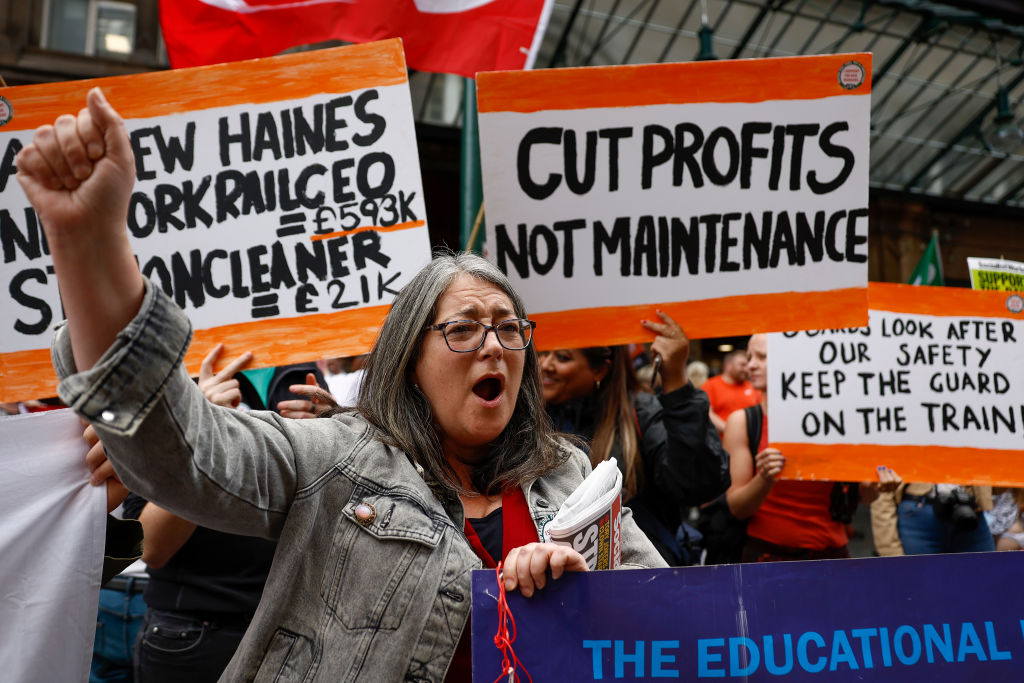Strikes are a part of the bargaining process but many current jobs are on their way out

Orgreave in South Yorkshire holds a special place in the memory of the British trade union movement. It was there in the summer of 1984 that a confrontation took place between the police and striking coal miners. It ended in the defeat of the miners in one of the most violent conflicts ever witnessed in British industrial history. Charges and countercharges about the conduct and motives of both sides continue to this day.
Today, the landscape at Orgreave is completely different. Gone are the pitheads and slag heaps, instead there is a large shining science park occupied by the likes of Boeing, Rolls Royce and the Nuclear Advanced Manufacturing Research Centre. The location can be seen as a symbol of how industrial structures and employment evolve.
The physical defeat of the miners on that sunny day in June was soon followed by a much more devastating one. By the end of the decade, almost all of Britain’s coal mines had been closed down.
Was the strike worth it? In retrospect, clearly not. But everything is easy with the benefit of hindsight. Certainly, before the strike the miners’ union, led by the militant Arthur Scargill, thought it would be beneficial for the members. And most miners believed it would help secure their jobs. But the industry had been in decline for decades.
At the time of nationalisation in the late 1940s, some 800,000 people were employed by the National Coal Board. Just 25 years later, this figure had shrunk to 290,000. At the same time, productivity grew. This diminished workforce mined 133 million tonnes of coal, compared to just 50 per cent more by 700,000 workers just 15 years prior.
Many of the reductions in jobs were negotiated in a constructive way.
But there was a major confrontation in the early 1970s. In 1972, in a reverse of Orgreave, striking miners overwhelmed the police at a coke depot in Saltley in the West Midlands.
Even more triumphantly, Prime Minister Edward Heath called the February 1974 general election on the issue “who governs Britain?” to try and resolve a mining strike which was closing whole swathes of British industry. He lost. The miners seemed unbeatable. But within 15 years their industry had gone and the jobs eliminated. All of this is a lesson for the current wave of industrial unrest.
Whatever government ministers or business leaders may feel, the withdrawal of labour through strike activity is a perfectly legitimate part of the bargaining process. The real question is to what extent any particular strike is rational on the part of unions’ membership and whether it actually furthers their interests.
Although the ostensible motive for a number of the strikes is money, the background is one of long disputes over modernisation and embracing new technology. Royal Mail, for example, needs to switch from being a service built around letters to one based on parcels. Many of the operational rules on the railways date from a bygone era.
The demand for letters is in terminal decline. Passenger volumes on the railways are at barely 60 per cent of their pre-pandemic levels.
The lesson of the miners is that in declining industries it is more rational to negotiate than to strike. The march of technology and innovation is ultimately unstoppable, as the Luddites discovered over 200 years ago in the opening decades of the Industrial Revolution.
